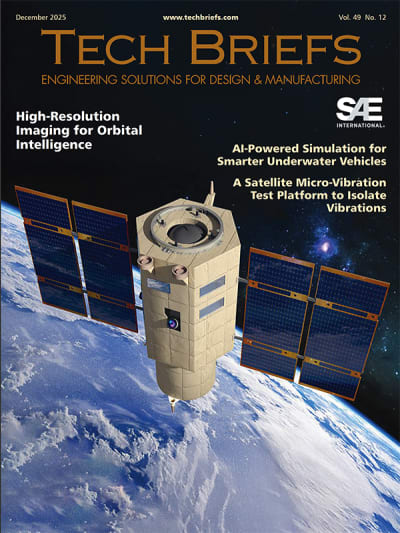A 3D Printer that Can Watch Itself 3D Print
Researchers from MIT have developed a new 3D inkjet printing system that works with a much wider range of materials. The printer utilizes computer vision to automatically scan the 3D printing surface and adjust the amount of resin each nozzle deposits in real-time to ensure no areas have too much or too little material.
“Our key insight here was to develop a machine-vision system and completely active feedback loop. This is almost like endowing a printer with a set of eyes and a brain, where the eyes observe what is being printed, and then the brain of the machine directs it as to what should be printed next,” says co-corresponding author Wojciech Matusik , a professor of electrical engineering and computer science at MIT who leads the Computational Design and Fabrication Group within the MIT Computer Science and Artificial Intelligence Laboratory (CSAIL).
Transcript
00:00:00 SPEAKER: 3D inkjet printing systems allow engineers to fabricate hybrid structures that have both soft and rigid components like robotic grippers that are strong enough to grasp heavy objects but soft enough to interact safely with humans. However, current multimaterial 3D printing systems have their share of limitations, especially when it comes to the types of materials that can be used. A team of researchers from MIT, the MIT spinout Inkbit, and ETH
00:00:28 Zurich has developed a new 3D inkjet printing system that is able to print fully assembled and functional complex multimaterial systems using high-performance materials they couldn't use before and at a rate 660 times faster than comparable 3D inkjet printing systems. Their new system uses a technique they developed known as vision-control jetting, which utilizes four high-frame-rate cameras and two lasers that rapidly and continuously scan the print surface.
00:00:59 The cameras capture images as 16,000 nozzles deposit tiny droplets of resin. The computer vision system then converts the image into a high resolution depth map and compares that to the computer-aided design of the part being fabricated and adjusts the amount of resin being deposited to keep the object on target with the final structure. Wax is also used in their system as a support material to create cavities or intricate networks of channels
00:01:27 inside an object. After it is complete, the object is heated so the wax melts and drains out, leaving open channels throughout the object. Using this printer, the researchers were able to create complex robotic devices that combine soft and rigid materials. One example is a tendon-driven robotic hand that has soft fingers with sensor pads and a rigid load-bearing core.
00:01:50 They also produced a six-legged walking robot that can sense objects and grasp them. The researchers say this is only the beginning. Geometrically, it can print almost anything. They are now looking at using the system to print with hydrogels, which are used in tissue engineering applications, as well as silicone materials, epoxies, and special types of durable polymers. [MUSIC PLAYING]

